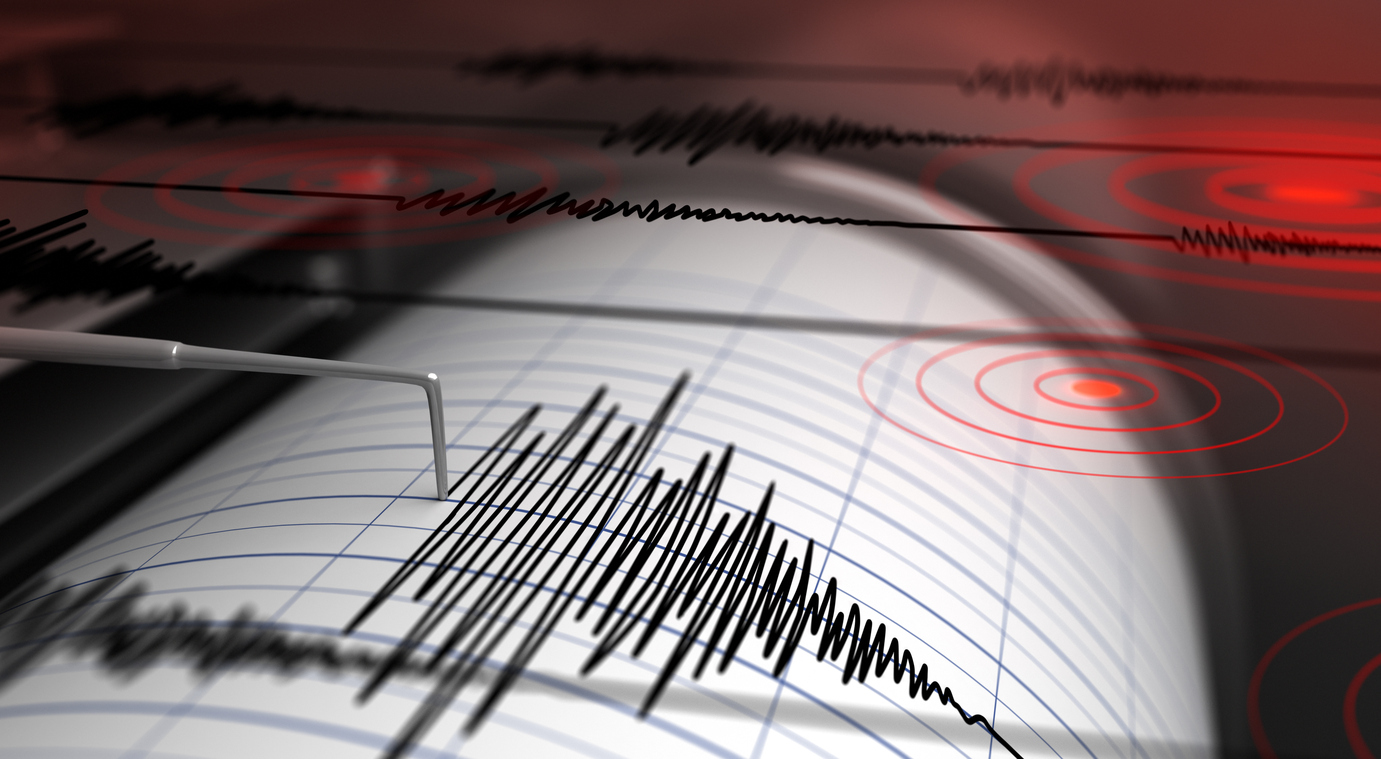An official tsunami warning that followed Sunday’s magnitude 7.0 quake in the Kermadec Islands has prompted questions around why Civil Defence sent the alert, only to cancel it eight minutes later.
The warning – issued for coastal areas around New Zealand at 11.37am, was based on the best information at hand at the time, the Ministry of Civil Defence told RNZ.
Ministry of Civil Defence and Emergency Management director Sarah Stuart-Black said the initial warning was based on information from GNS Science that it was a 7.4 magnitude earthquake at 10km deep, which would have been a much more serious earthquake than a magnitude 7 quake at the same depth.
She told RNZ they later received information from a gauge near Raoul Island, one of the Kermadec Islands, which confirmed that the wave that had been generated was less than 10cm high.
But GNS Science duty seismologist Sam Taylor-Offord told Stuff it appeared the ministry had put out its warning message based on information from the NOAA-owned Pacific Tsunami Warning Centre while GNS was having a phone meeting about the risk was still going on.
“My understanding is they wanted to get something preliminary out while we were finalising things. And we want to make sure what we tell the ministry is reliable and we can stand behind it.
“It was just coincidence that, around the time we were telling them of our thoughts, they were sending out their preliminary thoughts.”

A second earthquake struck near the Islands shortly before 5.30pm on Sunday, the NZ Herald reported.
“There is no tsunami threat to New Zealand following the M6.6 Kermadec Islands region earthquake,” MCDEM said on Twitter, in a tweet posted at 5.43pm.
The Ministry’s emergency processes have just undergone a rigourous review, after they were called into question following the November 2016 quake in Kaikoura.
At the time, Toby Manhire wrote in the NZ Herald, “this was a stress test of the system, and the system failed”. A NZ Herald editorial wrote that there could be “no room for confusion or second-guessing” when it came to emergency information.
Since then, the agency has established an emergency mobile alert system and pushed the message: “Long or Strong, Get Gone,” saying people should assess the natural signs and not wait for an official warning before evacuating.
The criticism mounted after the Port Hills Fires, and an official review of emergency response systems was launched in 2017, which resulted in a recommendation that a new national emergency management agency (NEMA) be set up to replace the Ministry of Civil Defence and Emergency Management, according to the NZ Herald.
In Budget 2019, $12 million was set aside to set up this agency, the NZ Herald reported.
The quake and tsunami risk was reported by national media, including:
Stuff: Tsunami warnings from 7.0 magnitude Kermadec Island earthquake confusing
RNZ: Cancelled Kermadec quake warning based on initial information – Civil Defence
NZ Herald: No tsunami threat to NZ after 7.0 magnitude, 6.6 magnitude Kermadec earthquakes
RNZ: Tsunami warnings for Pacific quakes in NZ
Otago Daily Times: Second quake hits Kermadecs, no tsunami threat
Newshub: Civil Defence assessing tsunami threat to NZ from Kermadec earthquake
TVNZ: Tsunami warning lifted for New Zealand after 7.4 magnitude earthquake hits Kermadec Islands
